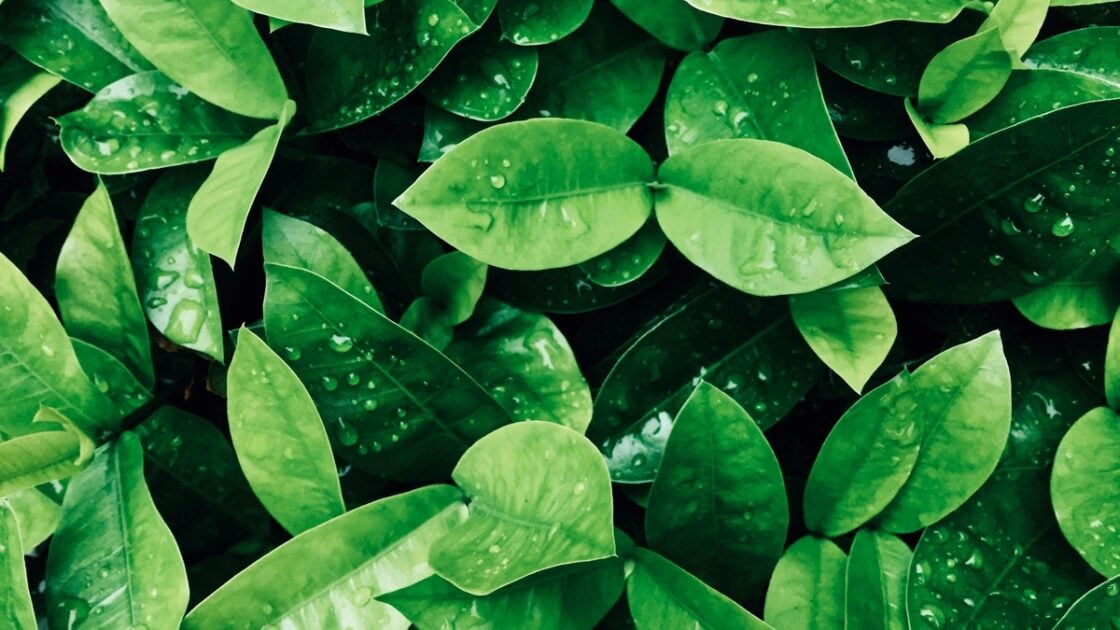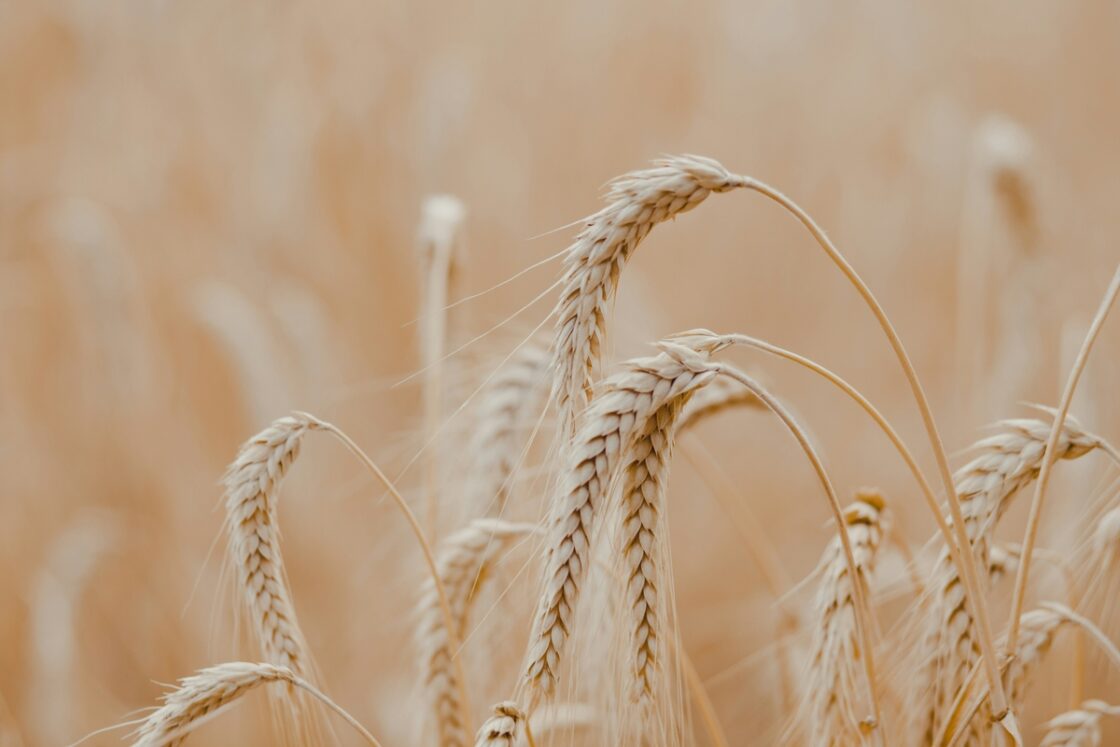
Microplastics are current all over the place, from Antarctic snow1 to polar freshwater within the distant Kola peninsula2 to the leaves of crops. Due to a brand new research from Nankai College, we now have a regarding concept of how they get there.
In accordance with the research revealed in Nature in April, plant leaves can immediately soak up microplastics from the air. Whereas scientists had already recognized microplastics in crops (their leaves, extra particularly), that is the primary proof of crops absorbing the particles by the air reasonably than their root programs.
“Though terrestrial microplastics (MPs) could be absorbed by the roots, their upward translocation is sluggish,” wrote the research authors. “Our outcomes show that the absorption and accumulation of atmospheric MPs by plant leaves happen extensively in the surroundings, and this shouldn’t be uncared for when assessing the publicity of people and different organisms to environmental MPs.”
To summarize, crops soak up microplastics by the air just by present. The destructive repercussions of this new discovering are worrisome, to say the least.
We’re Poisoning Vegetation, and They’re Poisoning Us

Within the new research, researchers examined plant leaves collected in 4 totally different areas in Tianjin, China: a producing web site, a public park, a landfill, and a college campus. Each polyethylene terephthalate (PET) and polystyrene (PS) had been detected within the examined crops. And whereas Portuguese analysis on lettuce grown in city vegetable gardens had already suspected a hyperlink between airborne microplastics and plant contamination, this research leaves little question as to how the contamination occurred3.
“There’s no nook or cranny on the floor of the earth that received’t have microplastics. […] It’s actually unnerving to consider it.”
Janice Brahney, a scientist at Utah State College
Airborne microplastics have been present in various concentrations in cities around the globe. In Tianjin, researchers recognized microplastics in concentrations of 324 objects per cubic meter in 20194; 1.5 to 14 objects per cubic meter had been recognized in Madrid in 2020. Janice Brahney, a Utah State College scientist and lead creator of a 2020 research in Science5, tells the New York Instances, “There’s no nook or cranny on the floor of the earth that received’t have microplastics. […] It’s actually unnerving to consider it.6”
Microplastics Are In all places

The invention of airborne microplastics being absorbed by crops is very regarding as a result of plant leaves are a main nutrient supply alongside animal and human meals chains around the globe. These new findings introduce one more avenue by which microplastics can enter our diets and our bodies.
Most individuals are already uncovered to microplastics from a variety of sources, and so they’re not at all times what you’d count on. Analysis has discovered that the glue used to seal most tea luggage is a supply of microplastic contamination, and lots of beer manufacturers have additionally been discovered to comprise the tiny plastic particles. Conventional nonstick cookware can be lined with PFAS, which solely will increase the urgency of changing your outdated pans with non-toxic nonstick cookware (to not point out plastic utensils!).
On account of the omnipresence of microplastics, our our bodies are already stuffed with the stuff. Microplastics have been discovered all over the place from human placenta7 to breast milk8, and scientists have recognized a 50% enhance within the microplastic content material of our brains since 2016.
The Results of Microplastics on Human Well being
To date, the presence of microplastics in our our bodies has already been linked with well being points like endocrine disruption, metabolic issues, and reproductive and developmental toxicity9. However the dangerous results of microplastics don’t finish there.
A 2023 analysis evaluation in Setting & Well being showcased much more potential dangers of publicity, from oxidative stress and DNA injury on the mobile stage to dysfunction of our organ programs just like the liver, gut, mind, and airways. Different dangers included systemic issues, like an elevated threat of metabolic and immune issues and neurotoxicity.
Microplastics Could Contribute to Meals Shortage

However wait, there’s extra! The destructive repercussions of microplastic contamination in crops aren’t restricted to potential well being hazards. In March, a analysis evaluation in Proceedings of the Nationwide Academy of Sciences discovered that microplastics broken the power of crops to photosynthesize.
“Humanity has been striving to extend meals manufacturing to feed an ever-growing inhabitants [but] these ongoing efforts are actually being jeopardized by plastic air pollution.”
From a analysis evaluation led by Professor Huan Zhong at Nanjing College
From there, the connection between microplastics and photosynthesis may impression the productiveness of the meals system10. The evaluation estimated that someplace between 4 and 14 p.c of the world’s staple crops of wheat, rice, and maize had been misplaced because of the presence of those particles.
“Humanity has been striving to extend meals manufacturing to feed an ever-growing inhabitants [but] these ongoing efforts are actually being jeopardized by plastic air pollution,” mentioned the researchers, led by Professor Huan Zhong, at Nanjing College in China, on the time. “The findings underscore the urgency to safeguard international meals provides within the face of the rising plastic disaster.”
Sources:
- https://tc.copernicus.org/articles/16/2127/2022/tc-16-2127-2022.html
- https://www.mdpi.com/2079-7737/12/2/259
- https://www.nature.com/articles/s41598-023-40840-z
- https://www.sciencedirect.com/science/article/pii/S0304389422003739
- https://www.science.org/doi/10.1126/science.aaz5819
- https://www.nytimes.com/2020/06/11/local weather/airborne-plastic-pollution.html
- https://www.sciencedirect.com/science/article/pii/S0160412020322297
- https://pubmed.ncbi.nlm.nih.gov/39064070/
- https://pubs.acs.org/doi/10.1021/envhealth.3c00052
- https://www.pnas.org/cgi/doi/10.1073/pnas.2423957122

